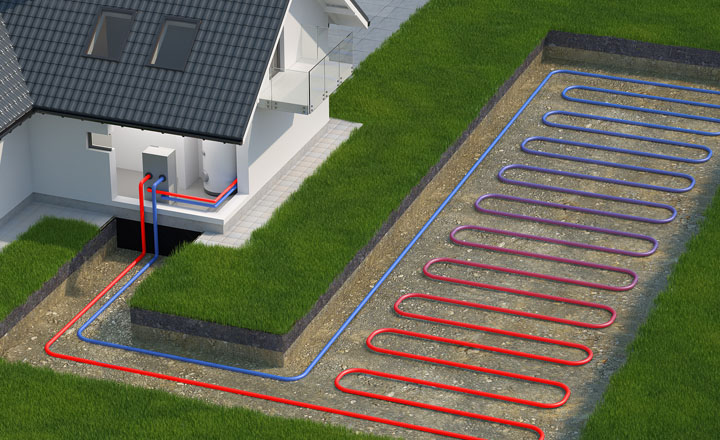Any architect will work with you and design your space, plan your new home, new build, extension, conversions, or ancillary accommodation, but livable buildings have to be so much more. Your new extension or renovation project requires more than grand narratives, notions of space and light. For the many, rising prices, fuel/energy poverty and our changing climate are key drivers, luxury comes at a cost. Should we all not be doing more to develop a more sustainable approach to designing living accommodation? It is now down to designers, technologists and architectural practices to look beyond the visual and implement fresh new approaches that will work to the benefit of all.

The last ten years have been tumultuous, COVID, inflation, depreciation and now an energy crisis, a tremendous confusing decade. Add to this the loss of post-modernisum and the fervour of deconstructivism that has the architectural world strongly in its grasp, We sometimes wonder what purpose is design if it cannot truly deliver in its most native form. The manipulation of a buildings skin, distorted and dislocated interiors may well be visually attractive, appealing to our humanistic nature and reflecting the world beyond, but how can technology move forward at such a pace.
For instance, just recently we were commissioned for a Dutch barn. the challenges began immediately. With so much rigid insulation out there today, how does a square peg fit into a round hole? Thankfully icurvi, a semi rigid insulated panel works well with the Dutch Roof proposed. But before insulation works, there needs latent heat. The options are vast, from traditional gas boilers to propane and oil based systems, eco wood burners, solar, wind and ground based systems. The only requirement is 1K/w output per 15 or so cubic meters of habitable space and the options. The Independent ran a recent article on log burners and you can find it here . We are not fans of air-source heat pumps, the cost of implementing a ground-source system when including groundworks and compressors when the supply ratio is only 4:1 ratio, can seem cost prohibitive. What we are left with is traditional oil and gas heating systems, historic carbon devices (wood/coal fires and back boilers) and of course green energy, the use of solar and wind to generate electricity.
And that is the challenge, where to invest, and the returns that reap the most rewards.

Mix and Match
Having worked with a number of households, securing planning permission for green energy installations across Buckinghamshire, the Home Counties and within the Green Belt and ANOB, the knowledge out there is unbounded, and mostly researched by homeowners who are the drivers for change and innovation. We have all come to realize that no one solution fits all and a real mix of technologies is required to meet the standards and requirements of tomorrow, a mix of:
Materials science & improvements in insulation design and installation
More stringent construction methodologies design principals
Solar gain through orientation
Wind power generation
Hybrid, off-grid storage and grid connected
Heat recovery ventilation [MVHR]


